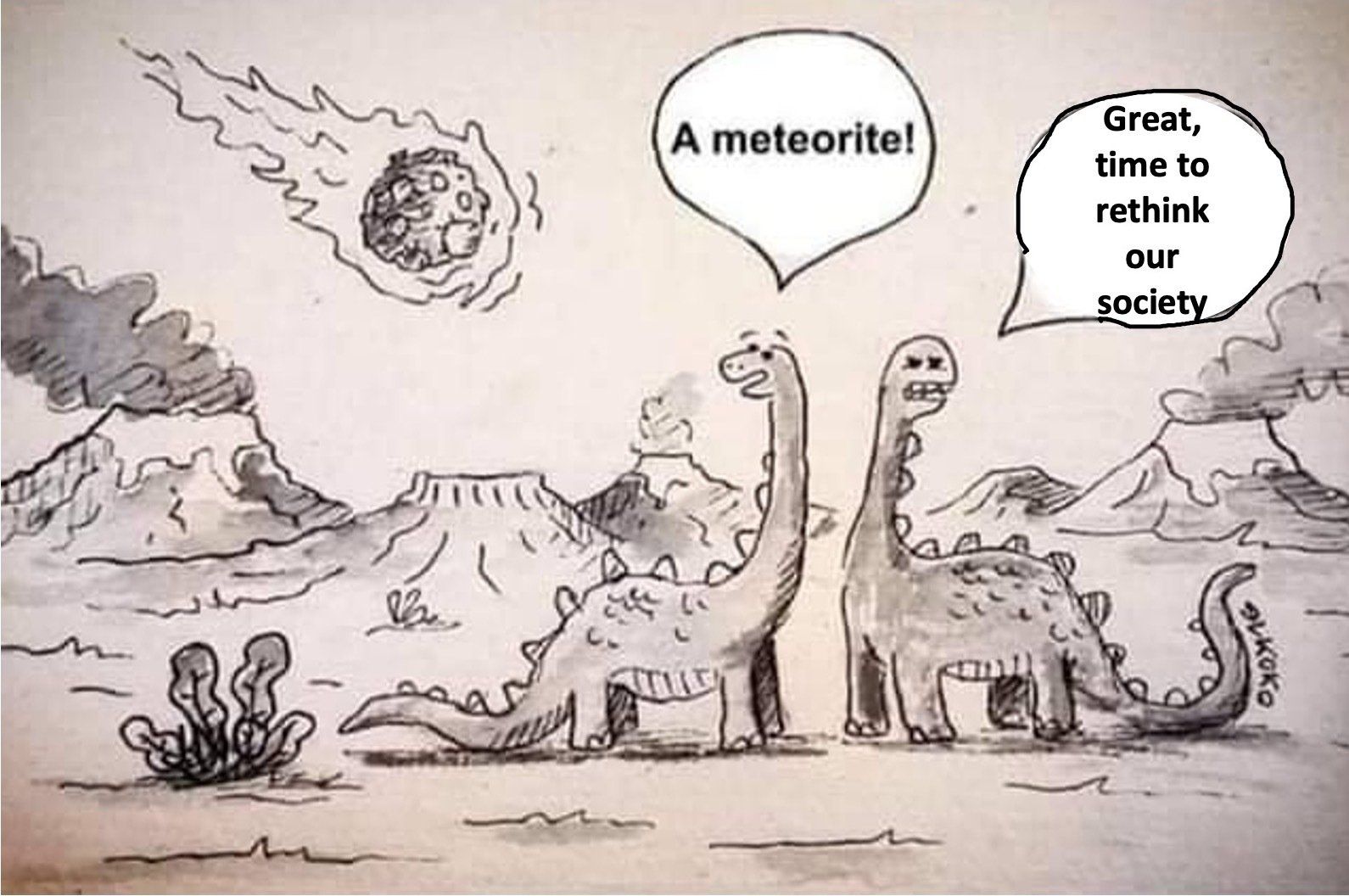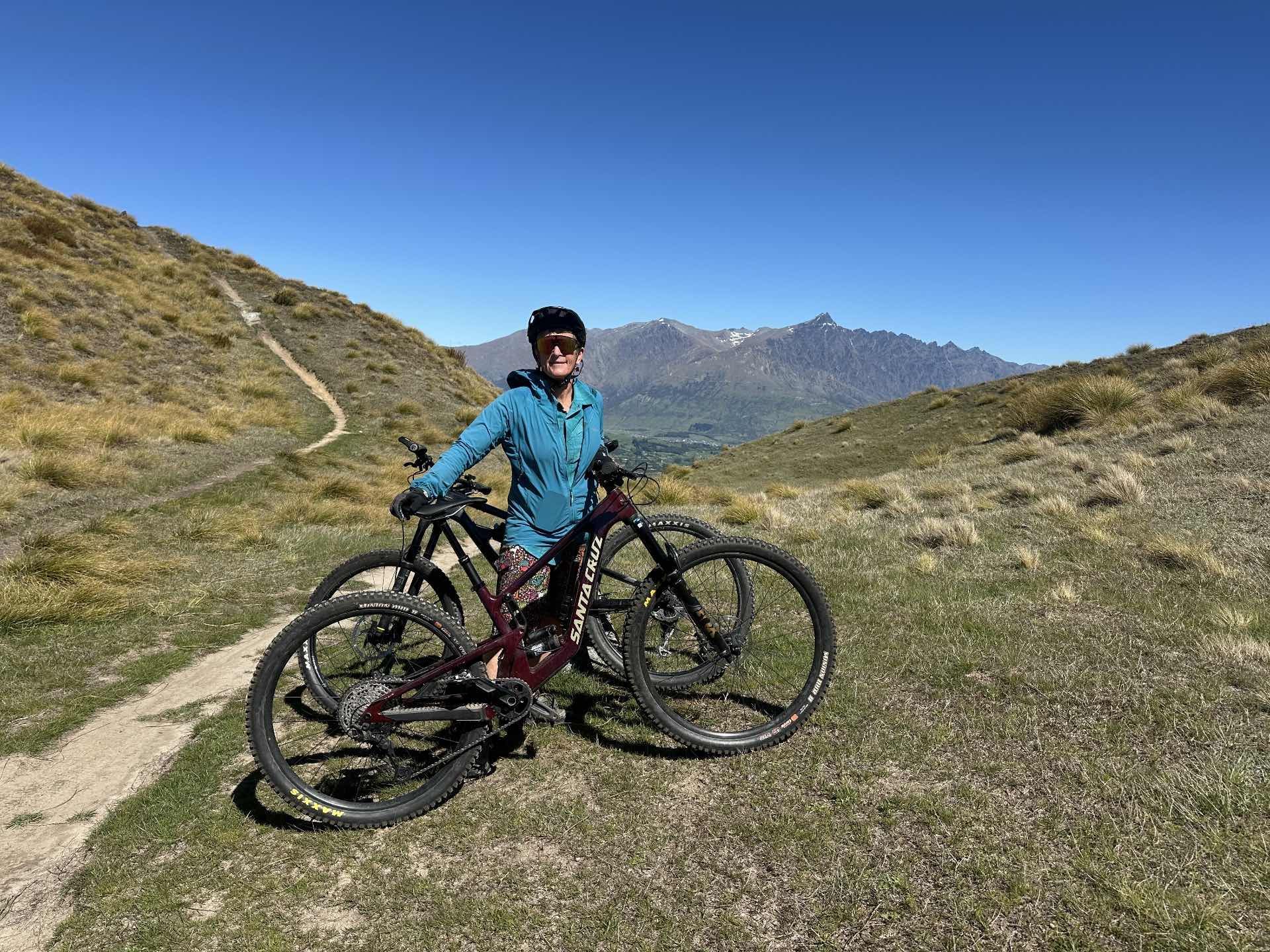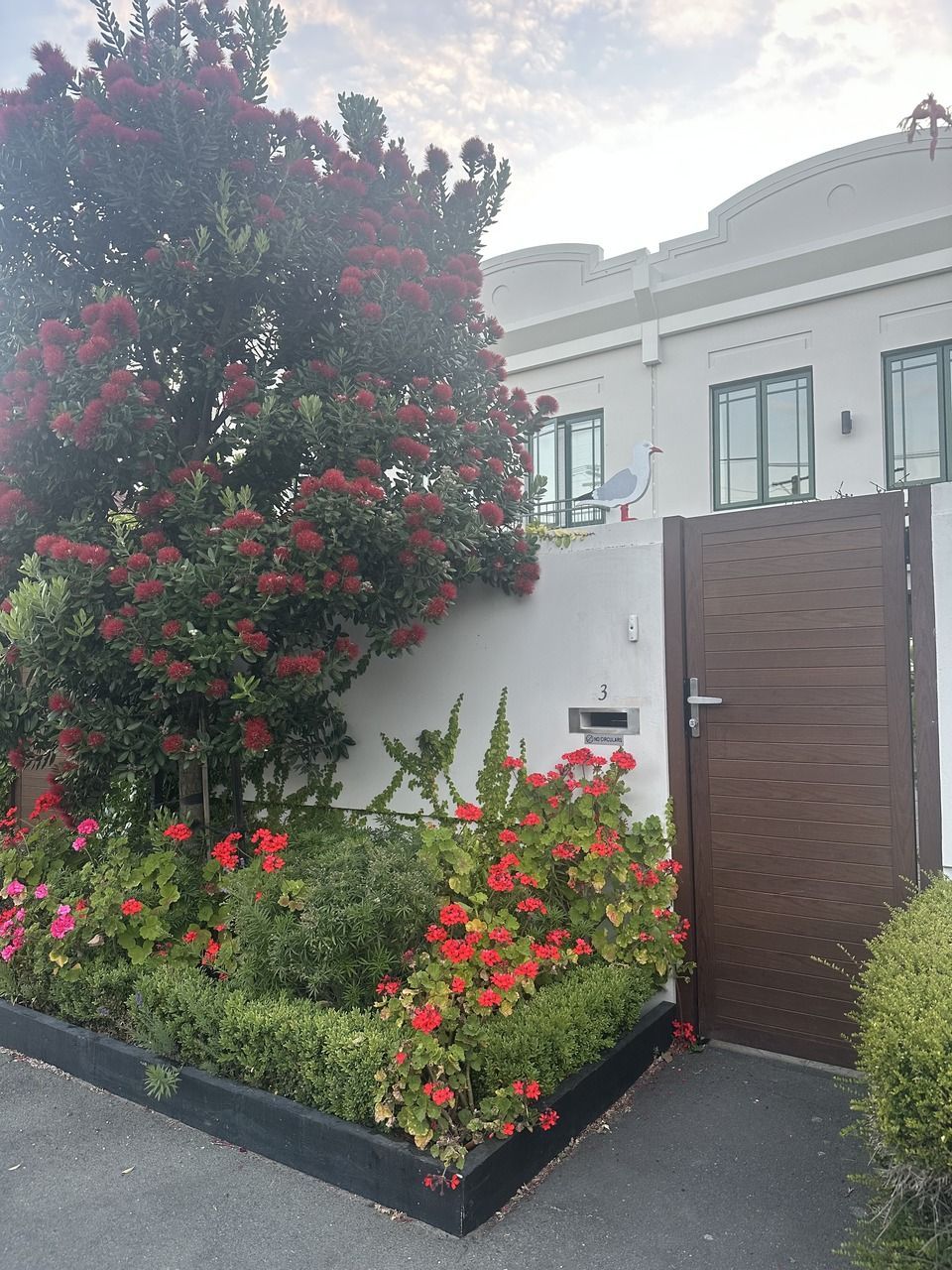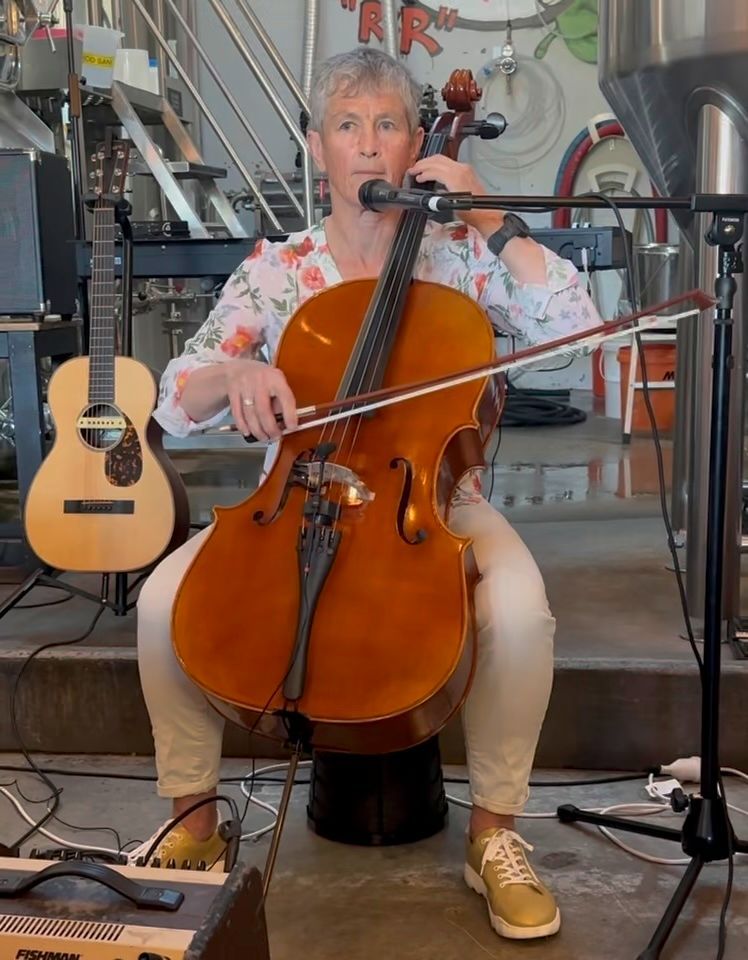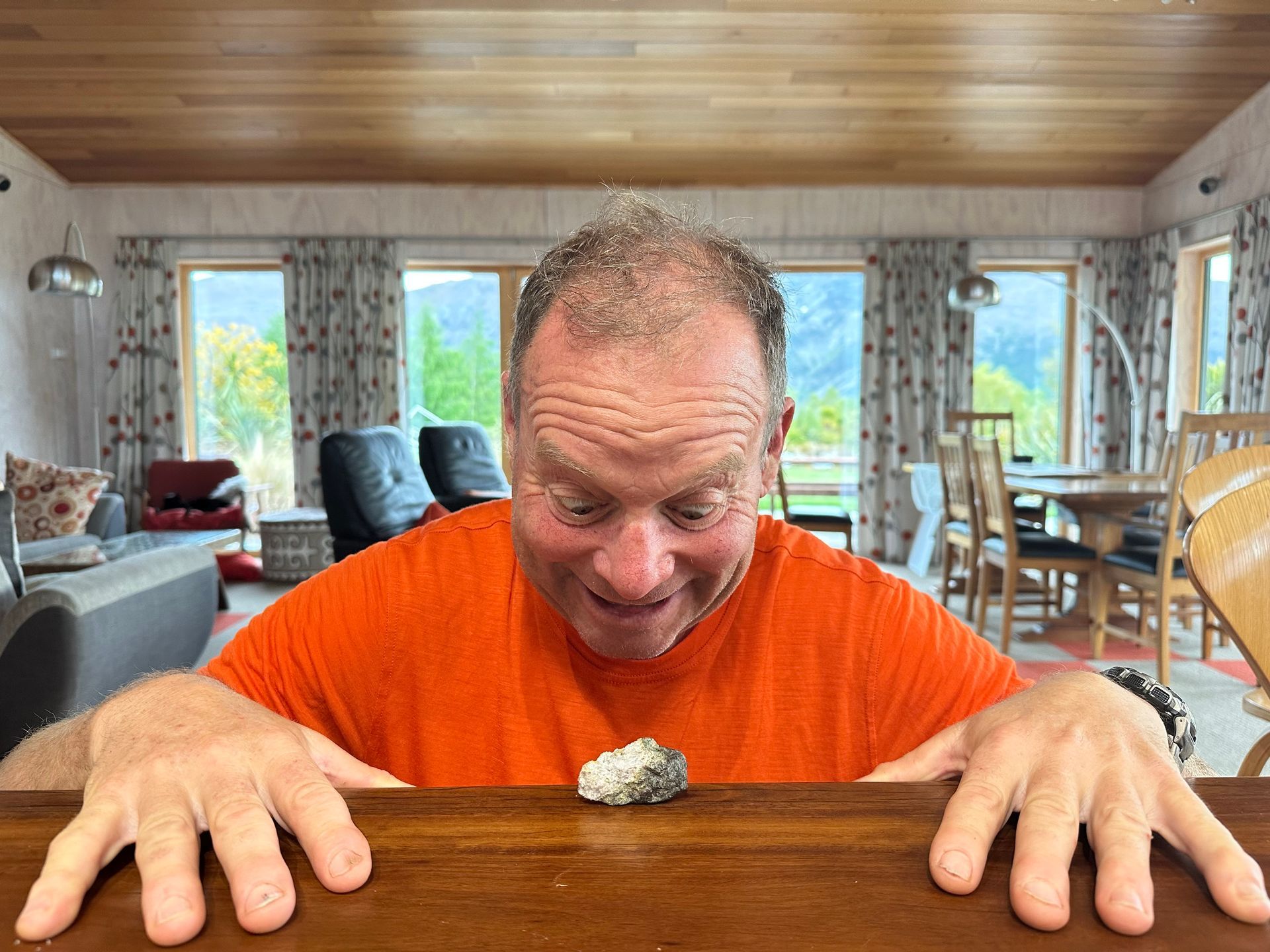Future glimpses
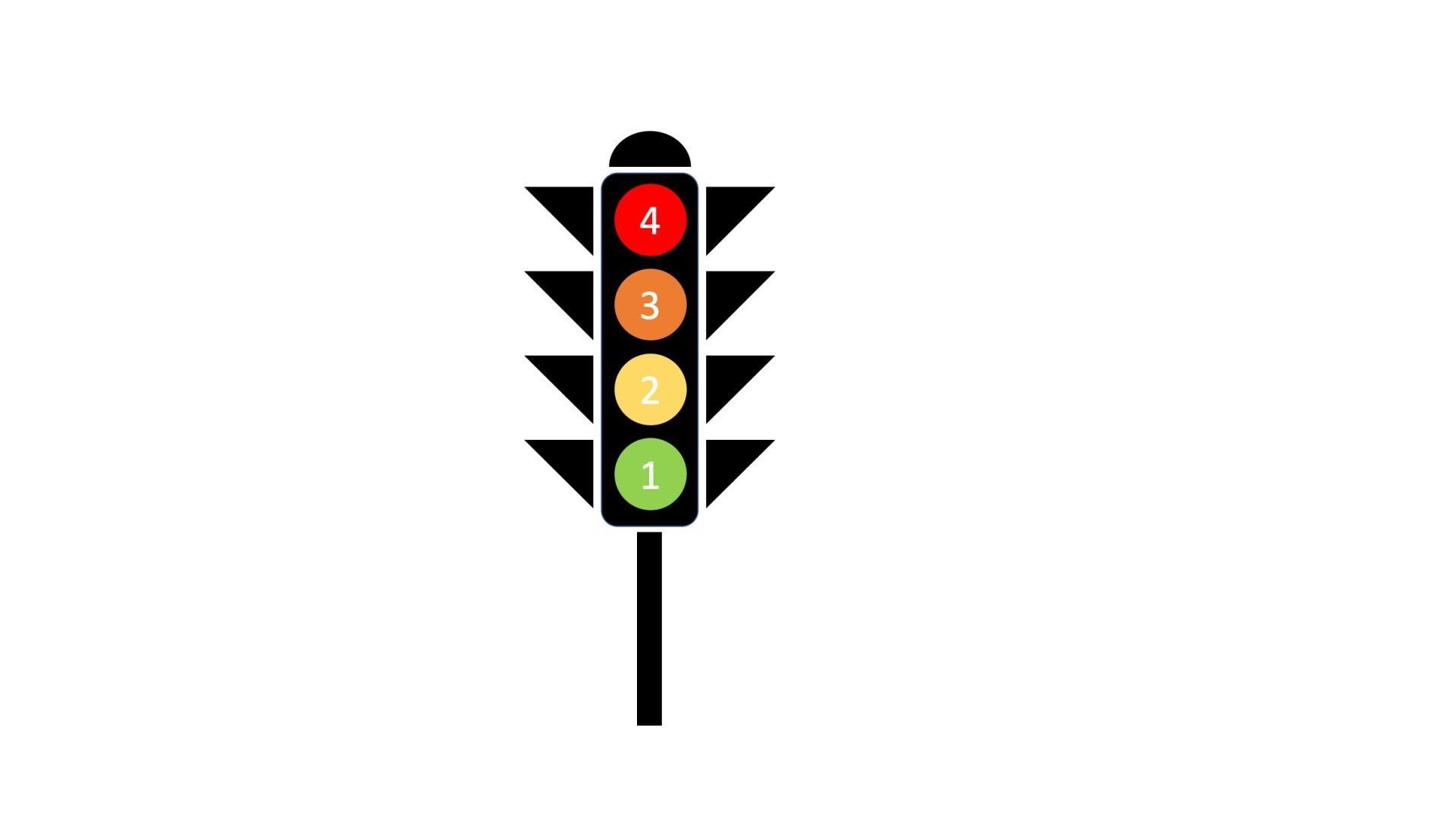
Every morning, my first action is check DEMIC for the latest status of COVID-19, COVID-27, AVID-3 and PARAMID-10. I tell myself that it is just good practice, because I need to be able to plan my day and week. However, there is a niggling thought in the back of my brain that reminds me I like emergencies; they feel like those far off times when there were large signs on the road which constituted a hemicircle with a fire danger indicator arrow, tracking red to green, left to right. As a child I wanted the arrow to be on red, because dangerous was exciting. As an adult I know that dangerous is not ‘exciting’, it brings tragedy and isolation. However, my child brain still begs to disagree.
There is rarely a time when we are not on Alert Level 1 for at least one virus. I remember this all starting in 2020, when we thought that COVID-19 was the one and only, at least for quite a while. Our country was put into Alert Level 4 lockdown for 4 weeks and then we all congratulated ourselves when we rapidly ‘squashed the curve’ and moved to Alert Level 3. We did so well compared to many other countries; we behaved with ethics and considered the vulnerable. We handed out money left, right and centre, to people, to businesses. We all talked about ‘the recovery’, ‘post-pandemic’. We didn’t imagine a world where pandemic might be the normal state.
COVID-27 appeared, hot on the heels of COVID-19. Human trials for COVID-19 vaccines were just completing, and not looking as promising as everyone had hoped. We were all hanging out for the world to be reconnected again; dreaming of the days where one could jump in a plane and visit family, friends or interesting foreign destinations. COVID-27 turned up in China, and was spread by birds; that’s how it made its way around the world in the absence of much human travel. But by now we were practiced at lockdown, so when Level 4 Alert was instigated we headed back to our homes, again.
Two more pandemics later, we live in a state of rolling Alert Levels which constrain our actions. Thankfully, my work in assisting people to develop grant proposals turns out to be in demand in any economic climate; the less money there is around, the keener people are to get hold of it. So I have been spared the fate of many, in finding their roles redundant in our revised society. Government funding rounds are still very much in action, as the government searches for new diagnostics tests, vaccines and cures for the ever-growing panoply of illnesses that are starting to reduce our population.
We can travel domestically, but must stay very aware of any change in Alert Levels. If the country or a region moves to Level 3 Alert, domestic travel in the affected area shuts down by the following midnight. You don’t want to be away from home, because if you get stuck in region other than where you normally live, the only option is waiting out the Level 3, at your own cost, in a government-run facility. Needless to say, these facilities aren’t like being on holiday. The old tourist hotels have not had their carpets replaced or their walls painted for some years. You sit in your room, with a view of the car park if you are lucky, or a view of a wall if you are not. If the region moves to Level 4, that’s going to be all the view that you get until the lockdown is lifted.
New Zealand remains optimistic in that we produce food, and the world still wants food. The rest of the world is now a lot less concerned about the conditions in which food is produced, and whether cows fart methane; the world is more interested in its rumbling stomach. Therefore New Zealand’s primary production has expanded into every piece of useful land. In addition, robotics technology has developed apace to mitigate against times when restriction of human movement means that food cannot be produced. New Zealand quickly became a world leader in robotics IP as applied to primary production, and international licensing of that IP helps our balance of payments no end. We can feed the world, but our local manufacturing capability still remains impaired, and we have few sources of minerals. We need to build and repair infrastructure; trade is critical to maintaining our standard of living.
The New Zealand building sector remains surprisingly healthy, though hamstrung at times by stop-start supply chains. The flow of returning New Zealanders from the rest of the world has kept the demand for new housing high. There were around 1 million New Zealanders living all over the world in 2020, now there are only a few tens of thousands elsewhere, as most New Zealanders and their families have seen our country as a safe haven in a hungry and unstable world.
DEMIC loads on my phone and the notification colours blink. New Zealand as a whole is looking reasonable today, COVID-19 is green (Level 1), COVID-27 yellow (Level 2), AVID-3 green and PARAMID-10 is yellow. Real time epidemiological modelling of disease spread informs these updates every day. I slide hopefully to Otago’s page; damn, PARAMID-10 has gone orange (Level 3) – no travel for me this week. I had really been hoping to drive to visit Mum in Christchurch, 6 hours away. I haven’t managed to visit her in her retirement village for 6 months now. It is so long since both Otago and Canterbury were at Level 2. And, even when a Level 3 is lifted, retirement villages instigate an extra 2 weeks of no visiting to be extra sure of not introducing infection. That means any visit will be another 4 weeks away, at best, as a Level 3 is never shorter than 2 weeks.
I communicate with Mum on Zoom pretty regularly, but it doesn’t feel the same. Do I ever wish I had bought Zoom stocks in February 2020, Zoom’s a company that is really soaring. On the flip side of that chart, Ryman’s retirement villages, once a sharemarket favourite, are a costly industry to be in with all the restrictions to movements and healthcare provisions required; their share prices have inched slowly down over time.
I have a quick chat with Chris – how is our pantry cupboard looking? Do we need to stock up in case of a Level 4, at which point people usually panic buy baking supplies to keep themselves occupied (thankfully the days of stockpiling toilet paper are long gone). We also have a check of the projects coming up, gardening and woodwork; do we need a trip to Nichols or Mitre 10 in Cromwell, so that we can have enough chores to see us through a Level 4?
We are pretty calm about the lockdowns these days, given we have now seen so many. The up side is that our garden looks great, enforced staying at home means that one can lavish lots of attention on plants. We are more thankful than in the past for our fruit trees and vegetable gardens; we may not be able to get many mangoes or pineapples from tropical countries any more, but we can count on cherries, apricots and raspberries. We even built our feijoas a little glasshouse to encourage them to fruit annually given the cool temperatures in the south of New Zealand.
Working from home as a normal practice and staycations have also brought a calmness to life, in general. If there’s nowhere to rush to, there isn’t much point in rushing at all. We certainly revel in the quiet when we can go into Arrowtown or Queenstown; gone are the hordes of tourists who used to throng the streets. Of course, gone also are the businesses that used to supply those tourists. We find we can do quite well without bungy jumping, knick knacks and Gucci handbags. Far more sad is the loss of restaurants and cafes, but we have become expert home bakers and splashed out on an excellent coffee machine. The dislocation in community created by over tourism, and then exacerbated by pandemic, is gradually healing as people become more accustomed to digital contacts predominating over in-person time. I wonder whether the next generation will even know what they are missing? They were already well down the track of digital socialisation when the pandemics started.
Do I miss what we have lost? I certainly think myself lucky to have lived in the time of plenty, when going to a foreign country was about as difficult as today’s Level 4 supermarket shopping (if a little more time consuming). We saw so many places and people and expanded our horizons both literally and figuratively, in a way that isn’t coming back any time soon. However, we were also on the treadmill to consumptive nowhere; the economics of today has finally recognised that planetary boundaries constrain every type of economy. We were forced into that knowledge by the evidence of consecutive pandemics breaking down the fortress of the unlimited growth mentality. How funny that this concept of boundaries on growth, espoused early by Herman Daly as part of ecological economics, was inconceivable to the World Bank of the 2010s. And Kate Raworth’s Doughnut Economics was a popular aeroplane read but enacted nowhere. The Netherlands was a leader in the change. The mental and policy shifts took time, but we are now headed in the right direction. We just need to stay the course and maybe, just maybe, humankind will have a future longer than the blink of a triceratops eye. Here’s hoping.
